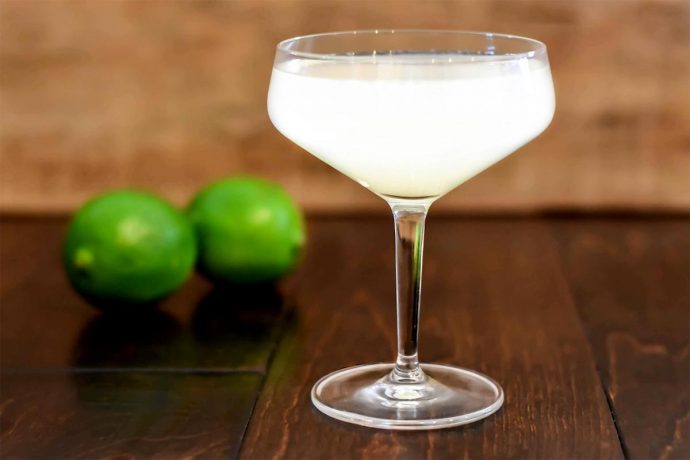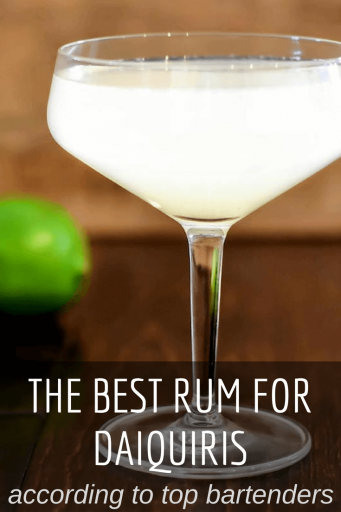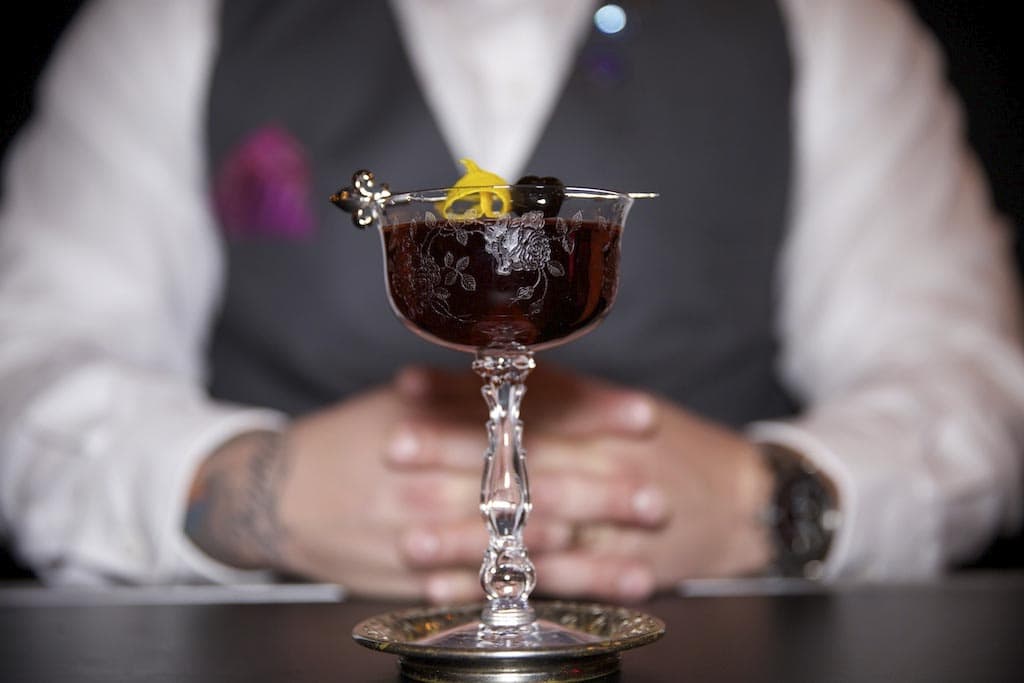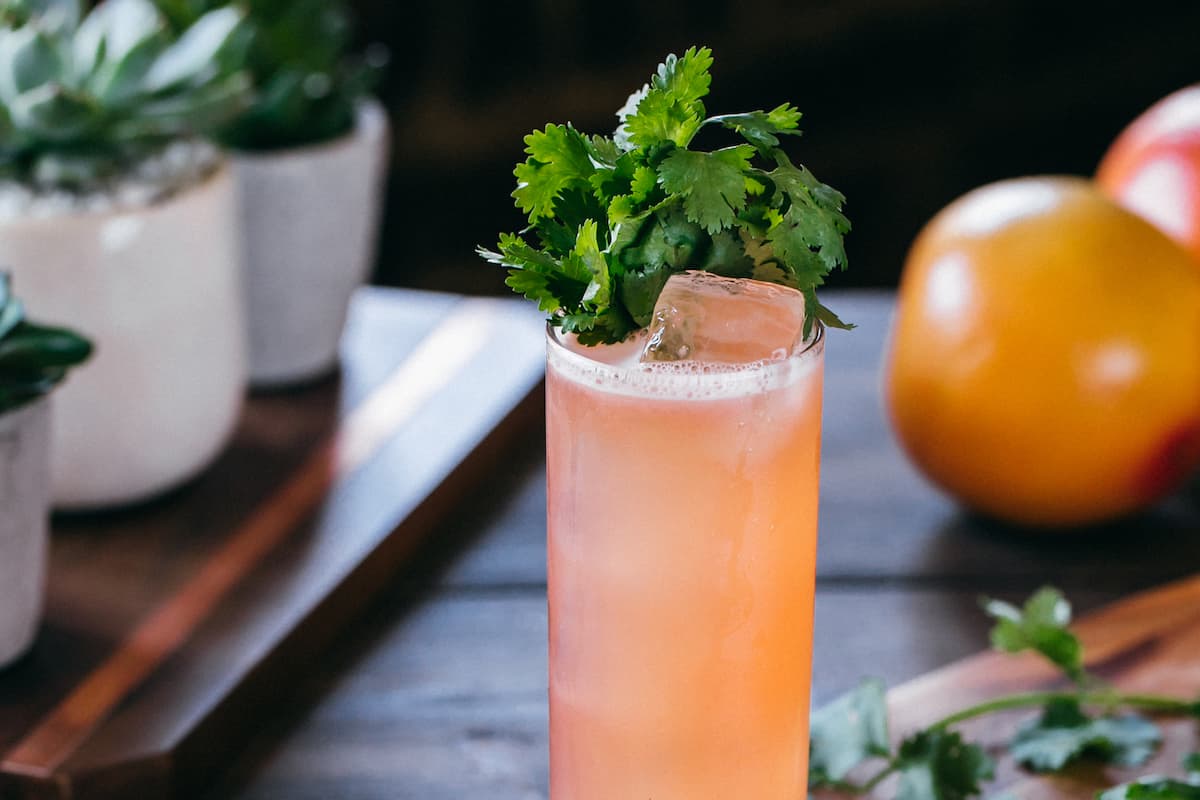This post is part of our Rum Hub.
In bars all across the world, the word “Daiquiri” is often proceeded by “strawberry,” and the cocktail is served frozen and comically large. But the classic Daiquiri, which traces its roots back to Cuba, is a simple rum sour composed of just three parts—rum, lime, and sugar—that is shaken and served up. Today, it’s a popular tipple among aficionados and novices alike, and it remains a staple on cocktail bar menus, where it often acts as a benchmark for the bar in question. If you can get a good Daiquiri, you’re in good hands.
Though a Daiquiri is just three simple ingredients, the rum you choose can make all the difference, which means there’s still plenty of room to experiment. Opt for a clean, white rum, and you’ll get a bright and easygoing Daiquiri. Choose something darker and richer, and you’ll get a Daiquiri with some heft to it—possibly even some oak notes. And those are just two options of many.
So to see what the experts prefer, we polled some of the best bartenders around and inquired as to which rum (or rums) they prefer in their daiquiris. This is what they said.
The Best Rum for Daiquiris
Andrew Meltzer, 15 Romolo (San Francisco)
“You should always shake plenty of flavor into your Daiquiris. Using a boring white or gold rum will result in ice-cold limeade with an alcoholic bite. Rather, reach for a naturally flavorful white rum or a carefully aged and blended dark rum.
1. Funky. I ask my guests how funky they are feeling, and I reach for an appropriate Agricole Rhum Blanc. My favorite is Rhum JM Blanc, because it has the perfect balance of over-ripe fruit and grassy dryness. Other options are the crisp, fresh flavor of Clement Bleu Canne, or for the experienced imbiber, the uber-funky La Favorite Blanc.
Recipe: 2 oz/60 ml of white Agricole Rhum, 0.75 oz/22 ml fresh lime juice, and 0.5 oz/15 ml rich cane sugar simple syrup (2:1). Shake, serve up, no garnish.
2. Aged. I love an aged sipping rum that is diverse enough to work well in cocktails. The two that I use most are both very accessible. Bacardi 8 is not just great in a Cuba Libre (with Mexican Coke, of course), but it makes a sincerely crush-able Daiquiri. It brings just the right amount of oak, but it’s still light on its feet. If you’ve got a few extra dollars and want to taste a richer, more complex rum, I’d grab a bottle of Ron Zacapa Solera 23. It’s perfect on its own, in an Old-Fashioned, or shaken to pieces in a Daiquiri. Using a high-quality muscovado sugar will bring out the natural sweetness in the rum, so you’ll need less lime juice and syrup here.
Recipe: 2 oz/60 ml aged rum, 0.66 oz/20 ml fresh lime juice, 5 ml/1 tsp rich cane simple (2:1), 5 ml/1 tsp muscovado sugar syrup (2:1). Shake, serve up, no garnish.
Don’t forget to shake your Daiquiri with lots of love.”
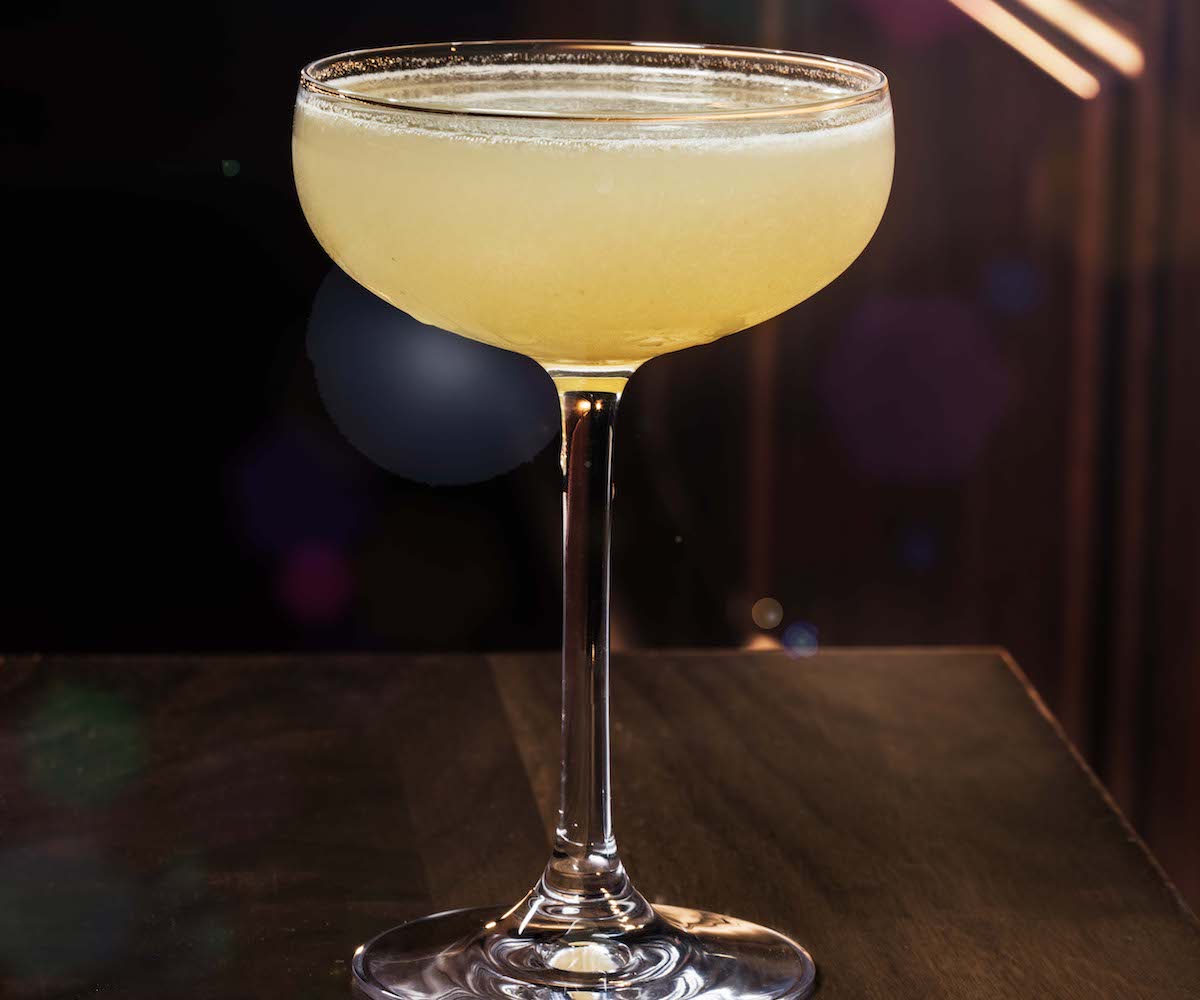
BlackTail’s Perfect Daiquiri.
Jesse Vida, BlackTail (NYC)
“The Perfect Daiquiri is the ultimate balance of sour, sweet and spirit. The ideal combination of texture, brightness and depth, It never outstays its welcome and is a great cocktail to enjoy all summer long. We made the Cuban rum blend to represent a style of rum that no longer exists. Through researching old menus and styles from the early 1900s we made a balanced blend of rums from what’s available in the current market.” [Ed. Note—Those rums include Cana Brava 3 Year, Plantation 3 Star, Barbancourt White, and El Dorado 3 Year. Get the recipe.]
Kevin Diedrich, Pacific Cocktail Haven (San Francisco)
“I love to cut my Daiquiris with the Plantation Pineapple and the Banks 5 Island. The Plantation Pineapple is amazing in a Daiquiri, but I like a little funk in mine, so I cut it with Banks 5 to get some cool, funky, over-ripe fruit notes in it. I also like my Daiquiris on the dry side, so amping up the lime juice and cutting down the sweetener balances this out nicely.”
Julia Momose, Oriole (Chicago)
“Daiquiris are so simple and delicious, but I feel like I could go on and on about styles, ages, ratios, type of sugar, glassware… But, allow me to answer your question. I absolutely love Banks 5 Island Rum in a Daiquiri. What I love even more, is switching up the build just slightly, to allow for a generous splash, 0.25 oz to be precise, of Neisson Blanc Rhum Agricole. The extra proof is dashingly refreshing, thirst quenching, and begging to be consumed. With these r(h)ums, my preferred syrup is a rich (2:1) cane syrup so that I can use a little less, and allow the natural sweetness of the sugarcane distillates to shine.”
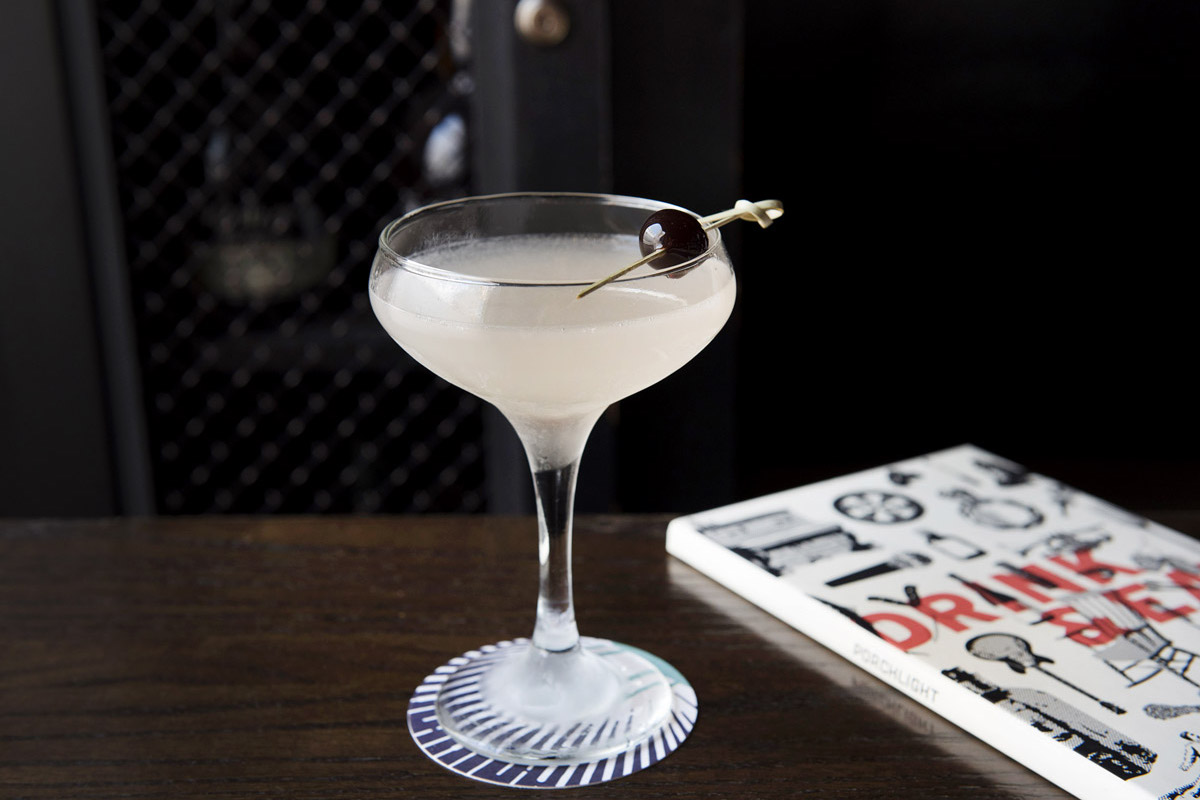
Porchlight’s Hemingway Daiquiri. Photo: Liz Clayman.
Nick Bennett, Porchlight (NYC)
“It is hard for me to say what my favorite rum is because rum happens to be one of my favorite categories. I will use it every chance I get. In the case of the Hemingway Daiquiri, or what was known as the Papa Doble, a Cuban white rum similar to Havana Club 3 would have likely been the first pour of the bartenders. It is a clean, dry, citrusy rum that lends itself very well to cocktails like this one. Because of loosening regulations, I am hoping that I will be able to put that in my well in the near future, but for now I really enjoy the Plantation 3 Star in my cocktail.
The original recipe for a Hemingway is aggressive to say the least. It is very dry, has no sugar, and 4 oz of rum. The version that we make at Porchlight tries to mimic that flavor profile without turning off our guests. We only use a bar spoon of sugar, and we use a touch of cherry brandy to cut down the sweetness of the maraschino, so the overall cocktail is pretty bone dry. We add a touch of lime juice so there is a little more acidity in addition to the bitterness of the grapefruit. The blend that makes up Plantation 3 Star has a strong enough backbone and flavor to not get lost behind all the other flavors involved in our Hemingway Daiquiri. The combination of old and new rums from three different islands really lends itself to this cocktail in a way that highlights the history of this cocktail while showcasing how much it has evolved.
Like I said, I am a little biased when it comes to rum.”
Jim Kearns, Slowly Shirley (NYC)
Havana Club 7 Year
“Although it’s an aged expression and would therefore not meet the approval of some Daiquiri purists, I’ve always enjoyed a Havana Club 7 Daiquiri when traveling. There’s something about the tobacco, earth, and iron flavors suggested by this rum that make it perfect for drinking in a tropical climate, especially when close to the ocean. To me, this makes it the perfect addition to a Daiquiri on a hot, humid day in the Caribbean. As a substitute, since Havana Club is still embargoed in the U.S., I’m very fond of Caña Brava 7 Year. In either event, I prefer these rums in Daiquiri Frappe, or blended form.”
Plantation 3 Stars
“Don the Beachcomber once said, ‘What one rum can do, three can do better.’ With this rum, you have three rums in one bottle. The three stars signify that the blend of rums contained in the bottle is, in fact, a mixture of rums from three different islands: Barbados, Trinidad, and Jamaica. As a result, simply using this one product will yield a Daiquiri that is at once complex and quaffable.”
Santa Teresa Claro
“For a full-bodied, round, simple, delicious Daiquiri, this rum might be my go-to workhorse. A tremendous value product, this rum is more of a pale amber color than a perfectly clear, white rum. The fact that heavier, slightly aged rums are used to produce this product lends its flavor profile strong cane and vanilla flavors, and makes it a very satisfying choice for a Daiquiri made with cane sugar or syrup.”
Meaghan Dorman, The Bennett (NYC)
“My personal favorite daiquiri is with El Dorado 8 year rum, I like the slight richness and toffee notes it has.”
Return to the Rum Hub.
